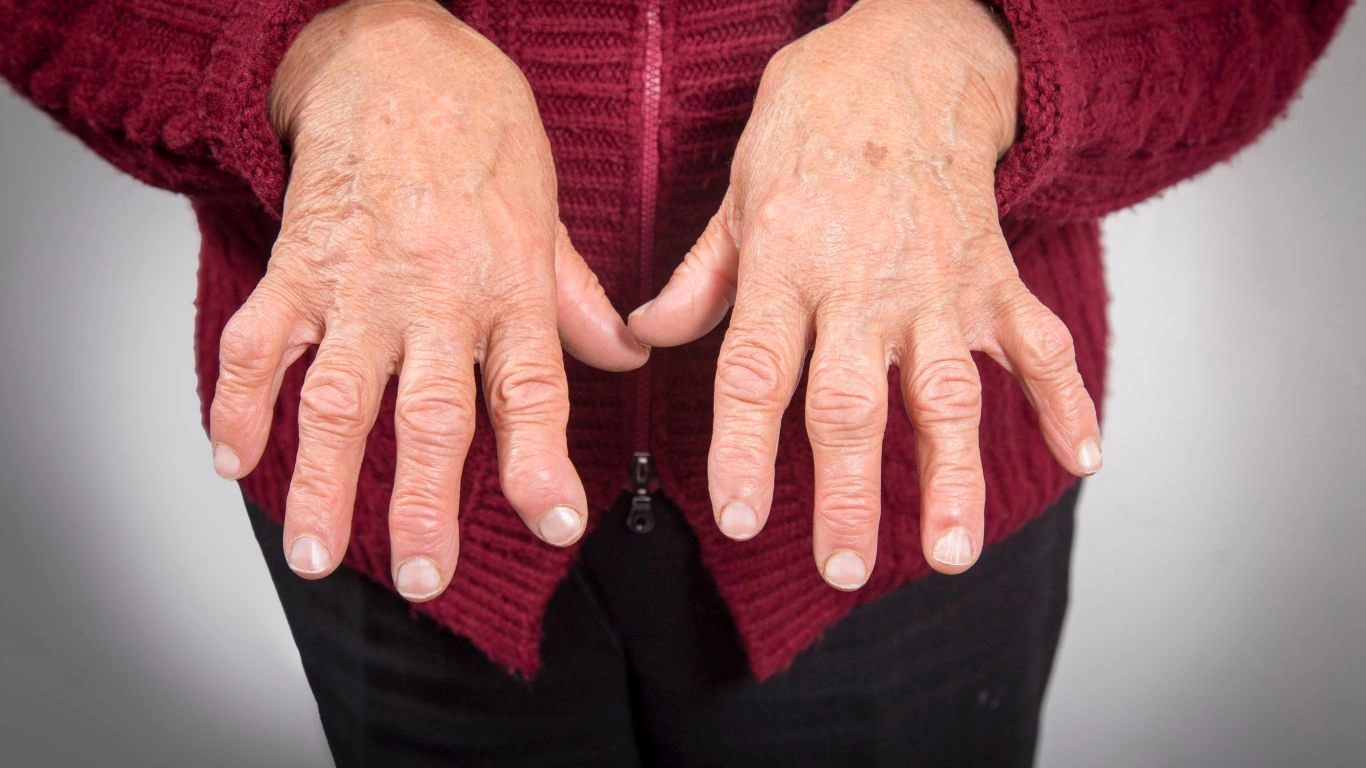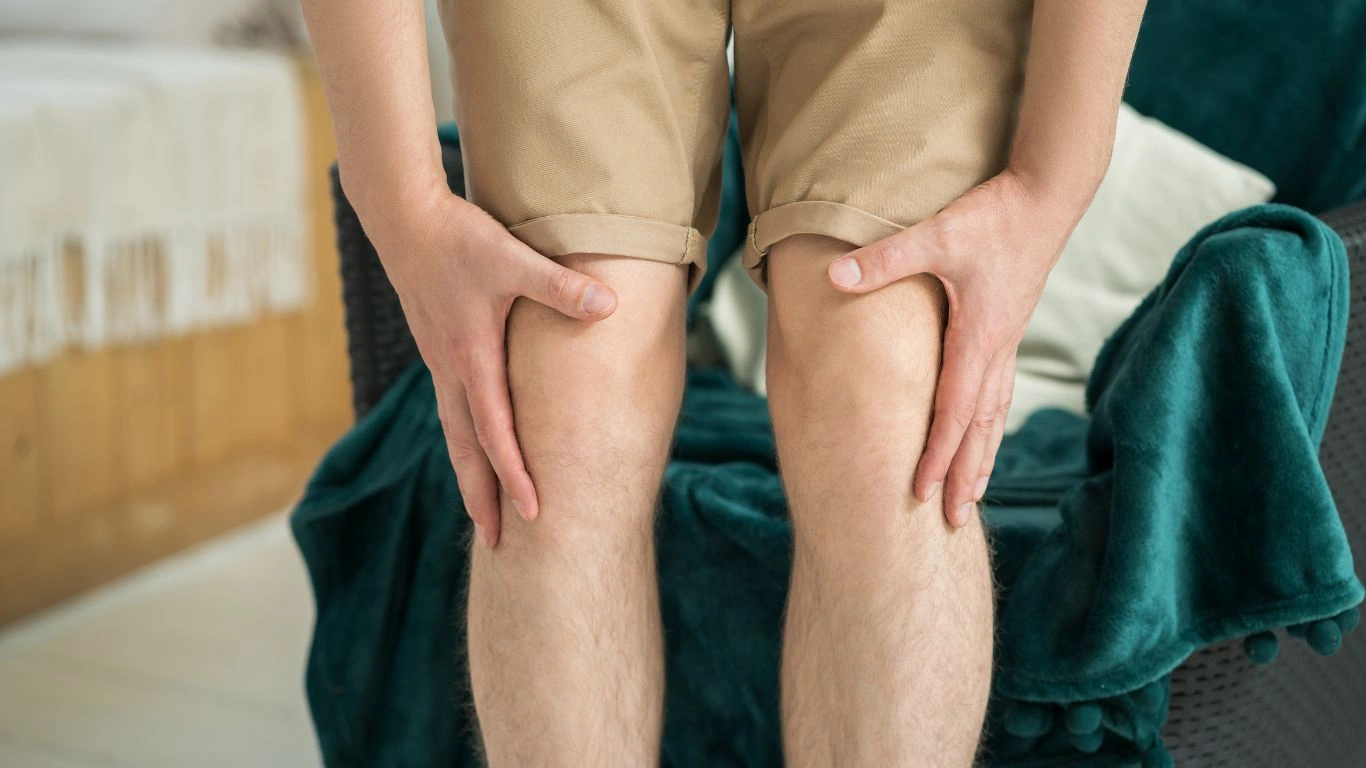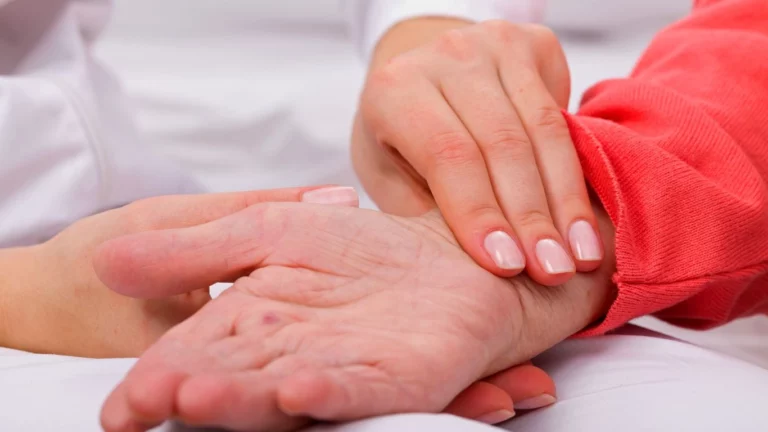Life-Changing Rheumatoid Arthritis & Occupational Therapy Tips You Need
Living with rheumatoid arthritis isn’t just about managing pain; it’s about reclaiming your independence, your confidence, and the ability to do what you love. One of the game-changers for me and many of my patients has been occupational therapy. It’s not just about adapting—it’s about thriving despite RA. So, let’s talk about some real, practical rheumatoid arthritis and occupational therapy tips that can make everyday tasks easier and help you take back control of your life.
Understanding How Occupational Therapy Helps with RA

When people hear “occupational therapy,” they often think it’s just about work-related activities. But in reality, it’s so much more than that. Occupational therapy (OT) is about making daily tasks—whether it’s cooking, writing, or even getting dressed—easier and less painful. As someone who has worked with countless RA patients, I can confidently say that OT is a lifesaver.
Key Benefits of Occupational Therapy for RA
- Reduces strain on joints with adaptive techniques.
- Improves grip strength and fine motor skills.
- Teaches energy conservation so you don’t overexert yourself.
- Helps with assistive devices to make everyday tasks simpler.
- Boosts independence and confidence in daily living.
One of my patients, Sarah, struggled to open jars or even hold a pen for long periods. After working with an occupational therapist, she found simple grip modifications and tools that helped her regain control without pain. These little things add up and can make a world of difference.
Essential Occupational Therapy Tips for Daily Living

Now, let’s get into some real-life tips that can make everyday tasks less stressful on your joints. Trust me, I’ve seen these small changes completely transform how people live with RA.
1. Use Adaptive Tools
Simple modifications can make a big impact. If holding a spoon or knife is painful, consider using ergonomic kitchen utensils with larger, easy-grip handles. The same goes for pens, hairbrushes, and toothbrushes. A little adjustment can reduce stress on your fingers and wrists.
2. Modify Your Home Setup
Your home should work for you, not against you. Small changes like adding lever-style door handles instead of knobs, using a reacher tool for picking up items, or placing a stool in the kitchen to avoid standing too long can make your space RA-friendly.
3. Plan and Pace Yourself
Overdoing it can lead to painful flare-ups. Break tasks into smaller steps, take frequent breaks, and listen to your body. Energy conservation is key, and learning to prioritize what matters most each day can help prevent unnecessary joint stress.
4. Try Joint Protection Techniques
- Use two hands instead of one when lifting items to distribute weight evenly.
- Slide objects instead of lifting them when possible.
- Avoid tight grips—loosen your hold when writing or holding objects.
- Keep joints in a neutral position—for example, hold a book with open palms instead of gripping the edges tightly.
Making these small changes every day can reduce pain and stiffness in the long run. I’ve seen people regain confidence in their abilities just by adjusting how they perform simple tasks.
Practical Exercises to Support Joint Health

Movement is tricky when you have RA—too much can lead to painful flare-ups, and too little can make joints stiff and weak. Finding the right balance is crucial. I always recommend gentle, low-impact exercises that support joint mobility without adding stress.
1. Hand and Finger Exercises
Keeping your hands flexible can make a world of difference in daily tasks. Try these simple movements:
- Finger Walks: Place your hand flat on a table and slowly “walk” your fingers toward your palm, then stretch them out again.
- Thumb-to-Finger Touch: One by one, touch your thumb to each fingertip to improve dexterity.
- Wrist Rolls: Gently rotate your wrists in circles to ease stiffness.
I once worked with a musician who feared losing the ability to play due to RA. With daily hand exercises and adaptive tools, she was able to keep playing pain-free—proof that small efforts add up!
2. Gentle Stretching and Range-of-Motion Moves
Keeping joints flexible is key to reducing stiffness. Try:
- Shoulder Rolls: Roll your shoulders forward and backward to loosen tension.
- Neck Tilts: Slowly tilt your head side to side to relieve stiffness.
- Knee Extensions: While sitting, extend one leg straight, hold for a few seconds, then lower it.
Remember: consistency is key. Even five minutes a day can make a difference.
Assistive Devices That Make Life Easier

Sometimes, the right tools can make a frustrating task effortless. I always tell my patients, “Don’t struggle—adapt!” There’s no shame in using assistive devices that save your joints from unnecessary stress.
1. Kitchen and Cooking Aids
Cooking can be tough when your hands don’t cooperate, but these tools help:
- Electric can openers: No more struggling with manual openers.
- Easy-grip utensils: Larger handles reduce strain on fingers.
- Jar openers: A rubberized grip or automatic opener takes the effort out of stubborn lids.
One of my patients, an avid home cook, used to avoid cooking because of hand pain. Once she switched to ergonomic utensils and an electric chopper, she was back in the kitchen with a smile.
2. Dressing and Grooming Aids
Getting dressed shouldn’t feel like a workout. Try these:
- Button hooks: Helps with tricky buttons.
- Long-handled shoehorns: No need to bend over.
- Elastic shoelaces: Slip-on shoes without the hassle.
These small changes can save you time and frustration every single day.
3. Home and Mobility Modifications
Keeping your home RA-friendly reduces unnecessary joint stress. Consider:
- Lever-style door handles: Easier to use than traditional knobs.
- Grab bars: Extra support in bathrooms and hallways.
- Raised toilet seats: Less strain on knees and hips.
Making your environment work for you instead of against you is a game-changer.
Energy Conservation Strategies for RA
One of the biggest struggles with RA is fatigue. Even simple tasks can leave you drained. Occupational therapy teaches smart ways to conserve energy so you can do more without overexerting yourself.
1. Prioritize and Plan
Plan your day around your energy levels:
- Do the most important tasks when you feel your best.
- Break tasks into smaller steps to avoid overexertion.
- Alternate between active and rest periods.
2. Use Adaptive Techniques
Think about how you do things:
- Slide instead of lift: Push heavy objects instead of carrying them.
- Sit when possible: Avoid standing for long periods.
- Minimize unnecessary movements: Keep frequently used items within easy reach.
These small shifts can prevent energy crashes and help you get through the day with less pain.
Case Studies & Real-Life Examples

One of the most powerful ways to understand the impact of occupational therapy for RA is through real-life stories. Over the years, I’ve worked with patients whose lives have changed dramatically by making small but effective adjustments. Let me share a few inspiring examples.
Case Study 1: Sarah – The Teacher Who Got Her Classroom Back
Sarah, a 42-year-old elementary school teacher, came to me frustrated and exhausted. Holding chalk, writing on the board, and even flipping through pages left her hands swollen and aching. She worried she’d have to leave the job she loved.
After working with an occupational therapist, she learned adaptive techniques like using wide-grip markers instead of regular pens, standing desk modifications, and an ergonomic chair to reduce strain. Today, she’s still teaching—pain-free!
Case Study 2: Robert – The Mechanic Who Found New Strength
Robert, a 55-year-old auto mechanic, struggled with gripping tools and turning wrenches. His job, once second nature, had become a daily battle against pain. Through occupational therapy, we introduced assistive tools with padded grips, wrist supports, and techniques to distribute force across multiple joints.
He’s still working on cars, but now he does it in a way that protects his joints. “I thought I’d have to quit,” he once told me. “Turns out, I just needed the right tools.”
Key Takeaways: What You Need to Remember
If you take away just a few things from this article, let them be these:
- Occupational therapy is about working smarter, not harder. Small adjustments can mean less pain and more independence.
- Adaptive tools and techniques matter. Invest in ergonomic devices and learn joint-protection strategies.
- Energy conservation is key. Plan tasks wisely and rest when needed to avoid flares.
- Movement is essential. Gentle exercises can maintain flexibility without overloading joints.
- It’s okay to ask for help. Occupational therapists specialize in making daily life easier—use their expertise!
FAQs
1. How do I know if I need occupational therapy for RA?
If everyday tasks—like dressing, cooking, or using a computer—cause pain or feel impossible, occupational therapy could help. An OT can assess your needs and recommend changes that make life easier.
2. Can I do occupational therapy exercises at home?
Absolutely! Many joint-friendly exercises and adaptive techniques can be done right at home. A therapist can guide you through personalized strategies, but small changes—like using larger grips on utensils or modifying your workspace—can start making a difference today.
3. What’s the difference between occupational therapy and physical therapy?
Think of it this way: Physical therapy focuses on strengthening muscles and improving mobility, while occupational therapy is about adapting daily tasks to reduce joint strain. Both can be helpful, but OT is especially useful for managing RA-related challenges in everyday life.
Bonus: Additional Resources or DIY Tips
Looking for more ways to manage RA? Here are some extra tips that can help.
1. DIY Hand Warmers for Stiff Joints
Warmth can ease stiff, painful hands. Make your own microwavable heat packs by filling a sock with uncooked rice and microwaving it for 30 seconds. Instant relief!
2. Best Apps for RA Management
- MyRA – Track symptoms, medications, and flare-ups.
- StretchNow – Reminders for daily joint-friendly exercises.
- RAHealthline – A community for support and expert advice.
3. Where to Buy the Best Adaptive Tools
Need RA-friendly tools? Check out these sites:
- ArthritisSupplies.com – Ergonomic tools and daily living aids.
- AbleData – Reviews of assistive devices for RA.
- Amazon – Search for “arthritis adaptive tools” for a wide selection.
Appendix: Table, References, Disclaimer, and Call to Action
1. Joint-Friendly Tool Comparison Table
| Tool | Best For | Where to Find |
|---|---|---|
| Ergonomic Pens | Writing without hand strain | Amazon, ArthritisSupplies.com |
| Electric Jar Opener | Opening jars with minimal effort | Amazon, Walmart |
| Button Hook | Fastening buttons easily | Medical supply stores |
2. References
3. Disclaimer
The information provided in this article is for educational purposes only and should not replace medical advice from a healthcare professional. Always consult your doctor or an occupational therapist before making changes to your RA management plan.
4. Call to Action
Living with RA doesn’t mean giving up your independence—it means finding new ways to thrive. If you’ve found these tips helpful, share this article with someone who might need it. And if you’re struggling with RA-related challenges, reach out to an occupational therapist today. You don’t have to do this alone.

Camellia Wulansari is a dedicated Medical Assistant at a local clinic and a passionate health writer at Healthusias.com. With years of hands-on experience in patient care and a deep interest in preventive medicine, she bridges the gap between clinical knowledge and accessible health information. Camellia specializes in writing about digestive health, chronic conditions like GERD and hypertension, respiratory issues, and autoimmune diseases, aiming to empower readers with practical, easy-to-understand insights. When she’s not assisting patients or writing, you’ll find her enjoying quiet mornings with coffee and a medical journal in hand—or jamming to her favorite metal band, Lamb of God.






